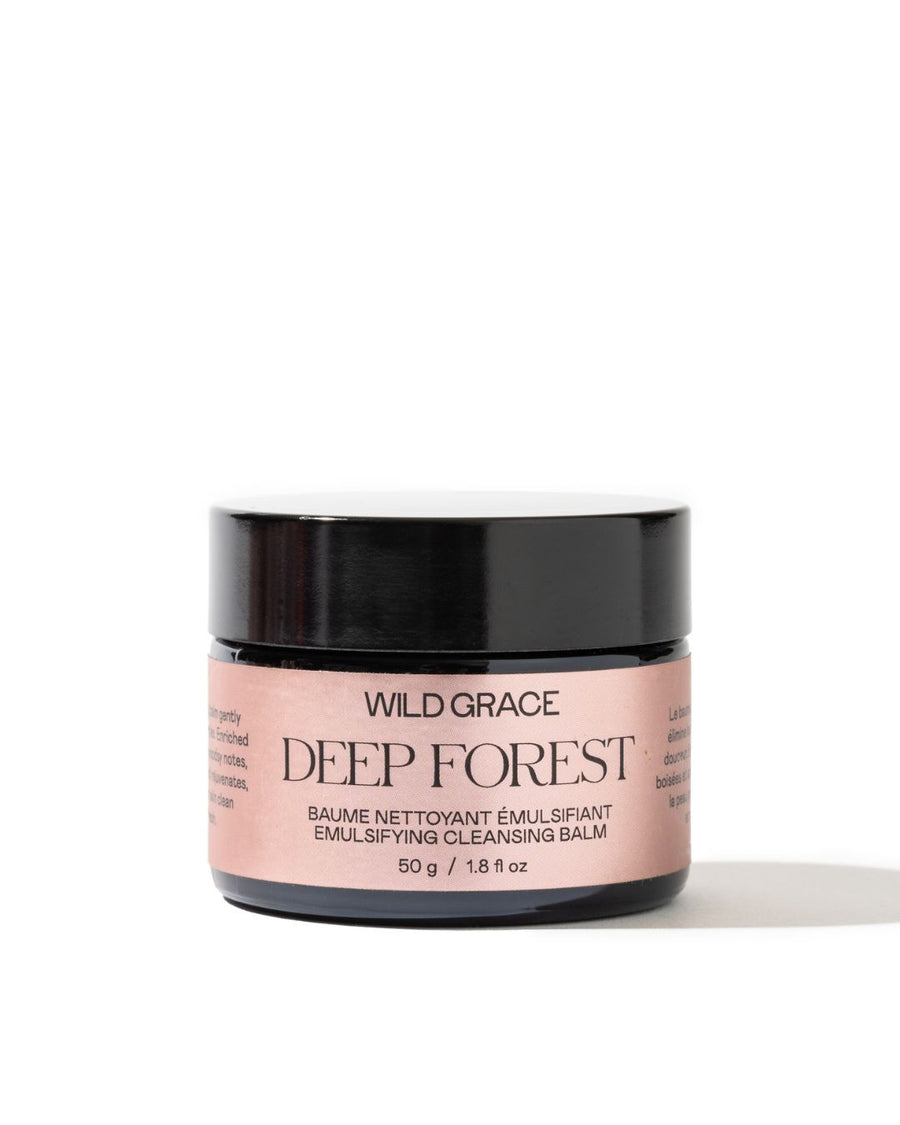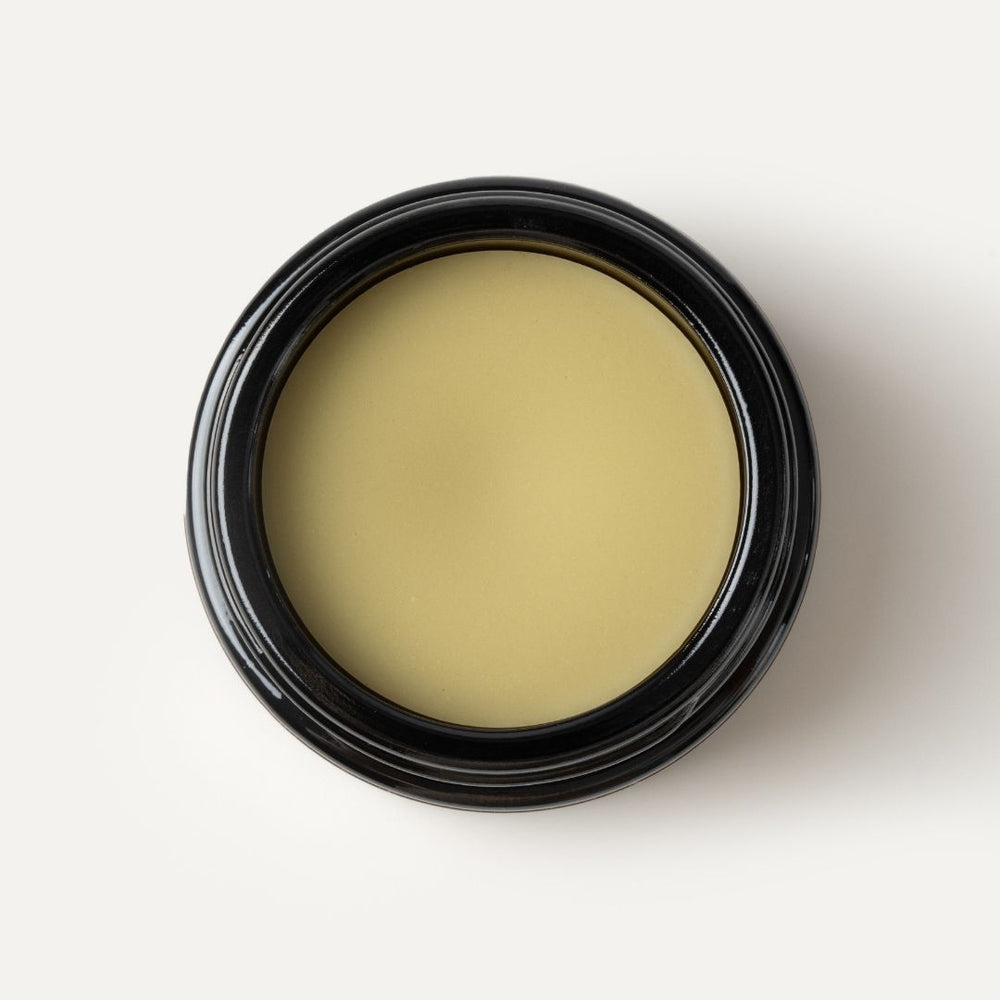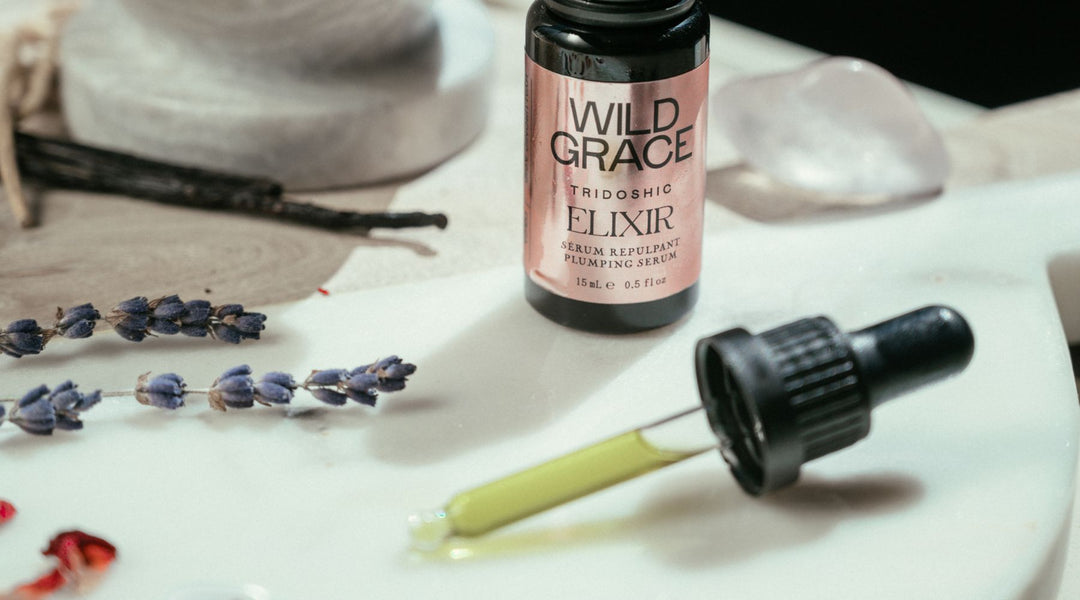Choosing Safe Sunscreen for Healthy Skin & Planet
Why mineral sunscreens matter, what to avoid, and how to choose eco-conscious solutions that support both your skin and sensitive marine ecosystems.
Why Proper Sunscreen Matters
While the sun offers mood-boosting Vitamin D and acne relief, unprotected UV exposure damages skin over time, accelerating aging, hyperpigmentation, and increasing skin cancer risk. Protecting your skin with sunscreen is key—even if you rarely burn.
Two Types of Sunscreen: What’s the Difference?
| Type of Sunscreen | How It Works | Key Benefits | Limitations |
|---|---|---|---|
| Mineral (Physical) | Sits on the skin and reflects UVA/UVB rays | Safe for sensitive skin, reef-safe, broad-spectrum protection | May leave a light white cast |
| Chemical (Organic) | Absorbs UV energy and converts it to heat | Lightweight texture, easy to blend | Can penetrate skin, potential hormone disruptors, environmental concerns |
Lemon of a Label? Ingredients to Avoid
Some sunscreens contain ingredients that are controversial or potentially harmful:
-
Oxybenzone: Shows up in over 60% of conventional sunscreens and has been linked to coral bleaching and reproductive concerns. It’s banned in places like Hawaii and Palau.
-
Octinoxate (Ethylhexyl methoxycinnamate): May disrupt thyroid function and estrogen pathways; also toxic to coral larvae in reef ecosystems.
-
Homosalate: An oil-soluble filter shown in lab studies to impact estrogen and testosterone activity when absorbed.
-
Butyloctyl Salicylate (BOS): Often used to boost sunscreen adhesion but not listed as an active ingredient. Research is still emerging—best avoided when possible.
When shopping, skip products labeled “reef safe” that still list these ingredients.
How Sunscreen Ingredients Affect the Planet
Each year, 4,000–6,000 tons of sunscreen wash into reefs worldwide—oxybenzone and octinoxate contribute to coral bleaching, DNA damage in fish, and hormonal disruption for marine life. Even mineral sunscreens can contain nano-sized particles; look for “non-nano” labels to minimize aquatic impact.
Your Mineral Sun-Protection Checklist
-
Choose broad-spectrum sunscreen protecting against both UVA and UVB rays.
-
Prefer non-nano zinc oxide or titanium dioxide as the active filter.
-
Look for EWG Verified® or equivalent safety certifications, ensuring transparency and no hidden endocrine-disrupting additives.
-
Opt for SPF 30–50—not higher. Reapply every two hours, especially after swimming or sweating.
Best Practices for Use
-
Apply a nickel-sized dollop for the face; about a teaspoon per limb, 15–20 minutes before sun exposure.
-
Reapply after water contact or heavy sweating.
-
Don’t rely only on sunscreen: use wide-brim hats, sunglasses, and breathable layers for added protection.
-
Stay hydrated—moisturized skin absorbs sunscreen more evenly.
Why It Still Matters
Protecting your skin doesn't have to compromise our planet. By choosing mineral-based formulas that are reef-safe and free of suspicious ingredients, you safeguard both your health and marine ecosystems.








Leave a comment